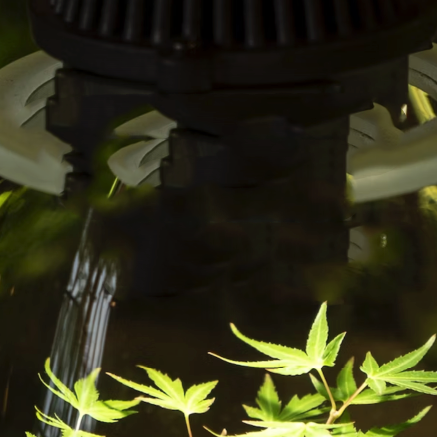All About Boron
Boron is a grey metalloid element which is only created in nature when stars go supernova or by the action of cosmic rays on other elements. This accounts for why it is not very abundant. It is generally used for making fibreglass, polymers, ceramics and borosilicate glass. It can also be used to make a type of bleach and sometimes for doping semiconductor materials. It is quite toxic to insects and is sometimes used in insecticides.
Boron is essential to plants (but only in tiny amounts) and it has several jobs. It is used along with calcium to strengthen cell walls and for reproductive growth and for making fruit and seeds. It plays a role in sugar and potassium transportation in plants and also in the use of nitrogen and forming certain proteins.
Boron is immobile within plants. A lack of boron can cause deformed stems, leaf tips and roots. Rusty-brown patches can appear on leaves between the veins. Quite often, the leaves become delicate and break. Root health suffers and growth slows down:
The most noticeable signs of an excess of Boron is that it causes leaves to yellow and develop burned tips:

